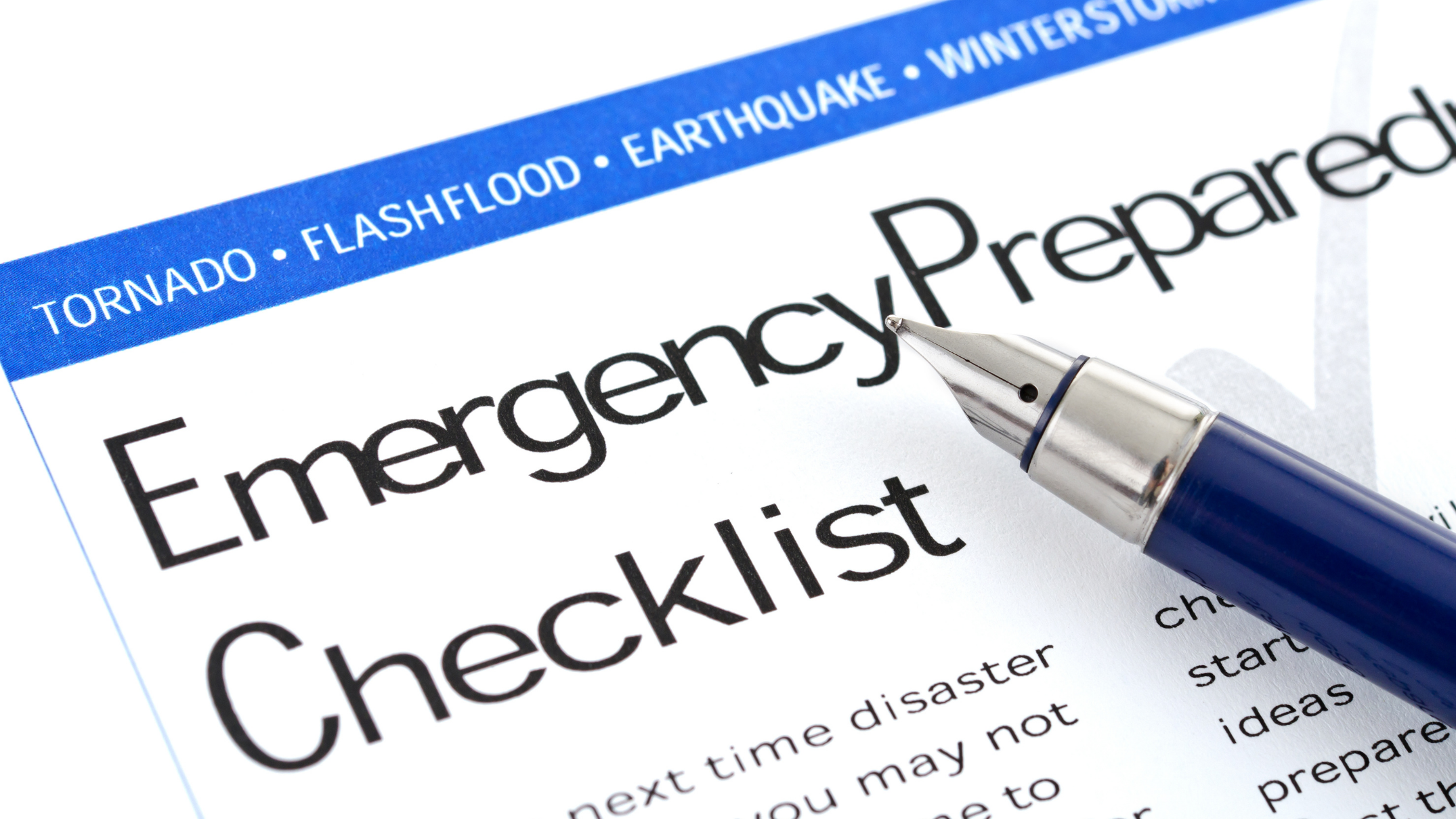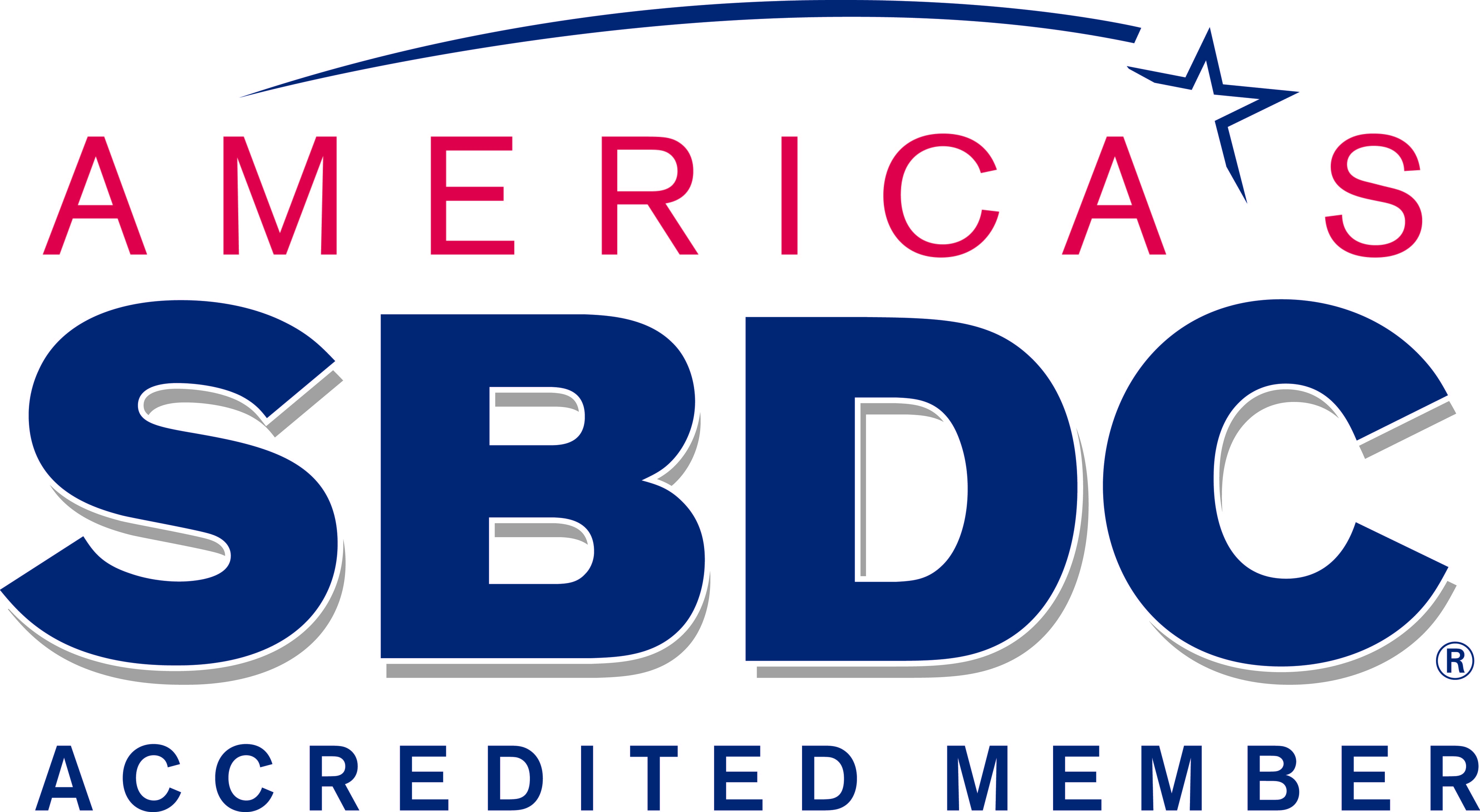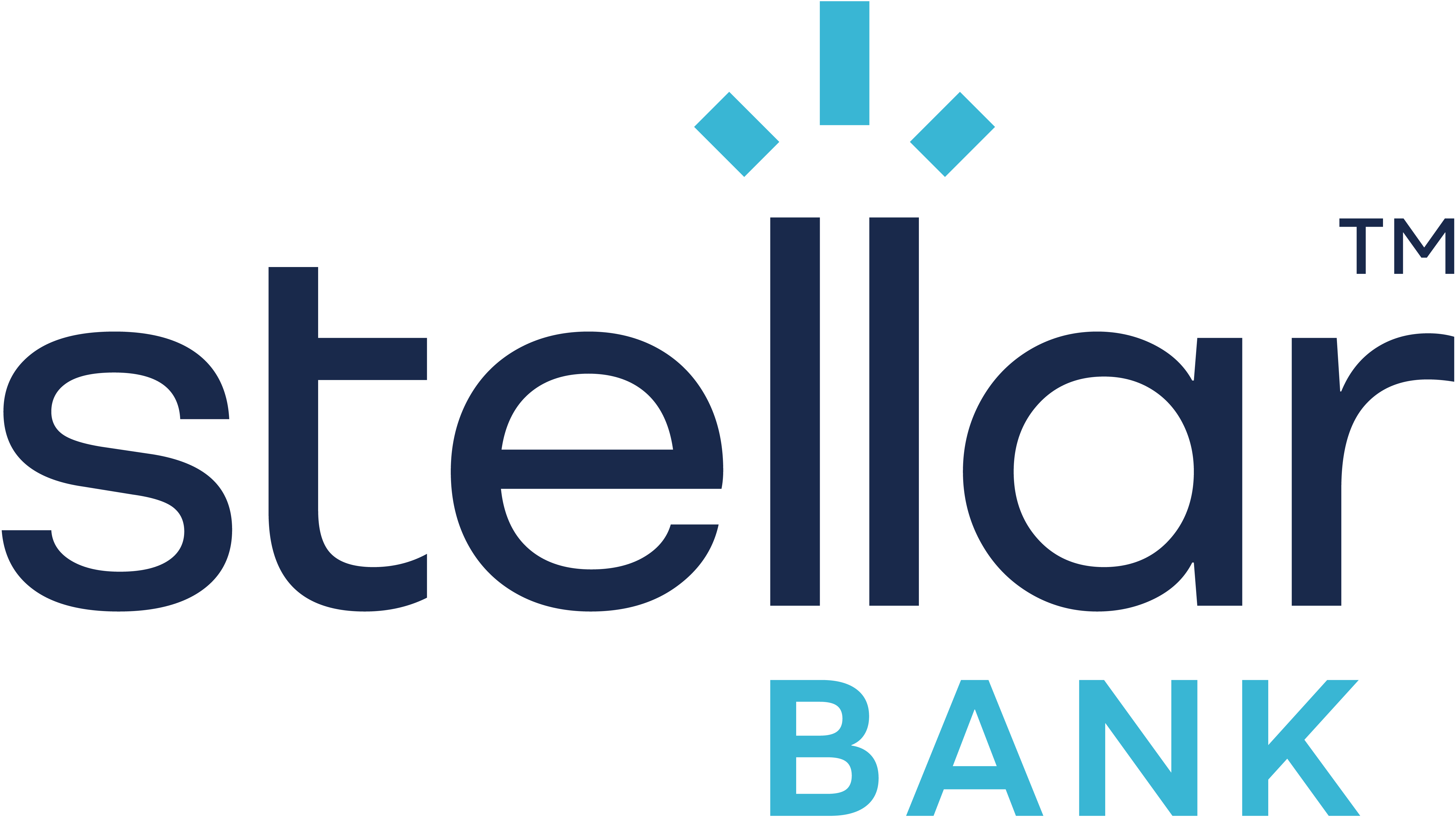Assessing Your Business's Readiness for Hurricane Damage

By: Tatyana Parham
The year 2020 has been an unpredictable year for small businesses. In the midst of navigating how to effectively sustain - or possibly completely redesign your business model and operations during the coronavirus (COVID-19) pandemic - we have officially entered hurricane season, which is from June 1 to Nov. 30.
Forecasters from Colorado State University predict that this upcoming season will yield an almost 50 percent increase in major hurricanes compared to the typical season, with a 44 percent probability of hitting the Gulf Coast. Small businesses, which fundamentally drive the local economy, are highly vulnerable to the impact of a natural disaster. So vulnerable, that the U.S. Small Business Administration estimates that 25 percent of all businesses affected by disasters permanently close.
Creating a hurricane preparedness plan may seem overwhelming, but proactive planning and decision-making can set your business up for employee safety, reduced loss, and an accelerated recovery phase.
Below is a list of questions to ask when assessing your business's readiness to endure this hurricane season:
What matters most?
Identify the core elements that are essential to sustaining your business and would need support in the event of a disaster. What processes are critical to recovery and business continuity?
How do you support each location?
Brainstorm how each brick-and-mortar location will be reinforced, with attention to their proximity to flood zones. This includes organizing employee information, evacuation plans, individual risks, and available resources.
How can you protect your assets?
Take inventory of your products, supplies, equipment, technology, and data, and document vital information that can help you in the long run, such as ownership and insurance of each asset. Which assets are critical to maintaining your business, and how can you protect them?
Do you have an emergency plan?
Create a comprehensive disaster plan that describes processes for risk management, step-by-step emergency protocols, and evacuation routes for each location. Your plan identifies important supplies, contacts, and communication plans for each team, and establishes any necessary policy changes, such as an updated leave policy for impacted employees. A thorough emergency plan minimizes chaos throughout a disaster, supports recovery, and mitigates economic loss.
Do you have an effective communications strategy?
Proactively develop a communications plan that will be used to coordinate emergency activities, provide live updates to employees, continue contact with clients and suppliers, and implement your recovery plan.
Are your employees well prepared?
Is your team fully trained in all emergency protocols, so they can remain safe and assist in recovery? Regularly hold disaster preparedness meetings and conduct evacuation drills to ensure everyone is well-equipped. If possible, consider setting up a remote work environment, if you haven't already due to COVID-19, that will foster productivity while safe at home.
Who is on your disaster team?
Designate individuals to be a part of your emergency response and recovery, and clearly identify their roles in the event of a disaster. These individuals will be tasked with responsibilities such as initiating the communications plan, contacting the insurance agency, photographing and taking inventory of damaged property, and assessing the value of damages and impact of interrupted business.
The UH SBDC Network encourages you to proactively develop a plan to protect your people, property, and assets this hurricane season, and to ensure business continuity after a disaster.
Browse our Disaster Preparedness page for more online resources to assist your business throughout a natural disaster.







